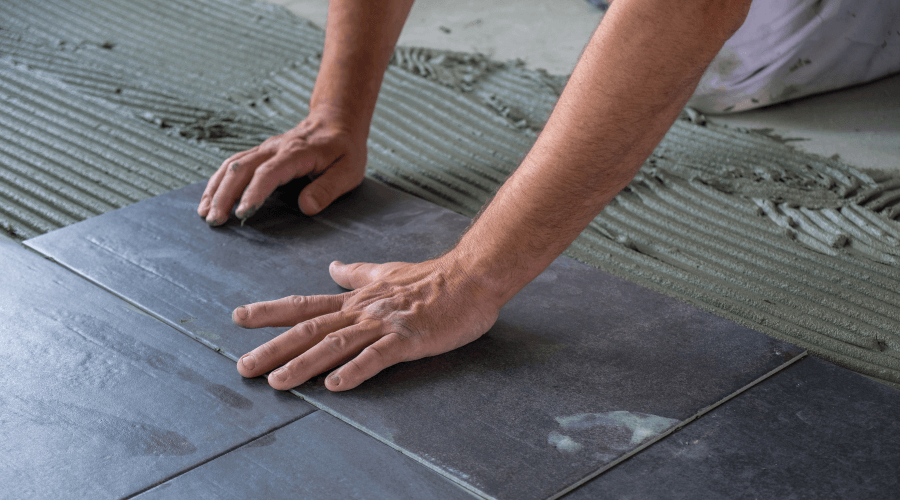Many sectional title owners renovate and upgrade their units over the years with the aim of adding to their living comfort and market value.
Such unit upgrades typically include lapas, carports and swimming pools constructed on exclusive use areas, enclosed balconies and patios and added-on rooms, while more subtle upgrades might concern the installation of a security system or an air-conditioning unit. These owner-installed upgrades often pose a challenge when determining the replacement cost to insure a sectional title scheme.
What does the Act say?
The Sectional Title Schemes Management Act No. 8 of 2011, rule no. 23.3, prescribes that:
“a body corporate must obtain a replacement valuation of all buildings and improvements that it must insure at least every three years and present such replacement valuation to the annual general meeting.”
In other words, the body corporate must insure all structures for which it is responsible such as the buildings, boundary and garden walling, driveways, gates, corridors, stairways and other improvements forming part of the common property. The trustees have a fiduciary duty to ensure adequate insurance cover to reinstate all existing structures and improvements to their pre-loss quality standard for which they must appoint a professional valuer at least every three years. The body corporate is not responsible for insuring owner-installed unit upgrades, regardless of whether they are found on a unit’s interior or exterior.
The valuation process
In assessing the appropriate sum insured – also known as the estimated new replacement cost – a qualified valuer must physically inspect and measure the common areas. Since it is logistically near impossible for a valuer to inspect every unit in a complex, the onus is on the individual owners to report the replacement cost of unit upgrades that they want to insure additionally and for their own account. Individual owners may also request the valuer’s assistance in assessing the replacement cost of their unit upgrades which will then be added to the basic replacement cost determined for the complex. This additional service usually attracts a small fee. The owners concerned must ensure that the valuer is allowed full access to their unit on the date of inspection as upgrades are not limited to the exterior only.
Illegal extensions
If done correctly, a professional valuation will expose any illegal unit alterations, for example extensions which were not approved by the body corporate, town council and/or Surveyor-General. Most unit owners do not realise that their illegal alterations are not insurable while some owners are unaware that they may have purchased an illegally extended unit. A valuation will shed light on this circumstance, thereby enabling owners to initiate steps to legalise their alterations. It’s not enough for the body corporate to give consent and for the proposed building plans to be approved by the municipality – the finished project must also be verified by a land surveyor and the necessary amendments made to the sectional title plans. Therefore, unit extensions not reflecting on the latest approved sectional title plans cannot be included in the insurance valuation as they are presumed to be illegal and uninsurable.
(In addition to the insurance aspect, it should be pointed out that illegal alterations are likely to have an adverse effect on a unit’s re-sale value.)
Renovations and replacement cost
Another misconception is that a renovated unit should have a higher replacement cost than a same-sized unit which has been left untouched. While renovating a unit may increase its overall appeal and market value, this does not necessarily mean that its replacement value will increase, especially if the updated finishes are of the same quality grade as before the renovation works, albeit more modern.
Considering that a replacement cost valuation is based on the premise of total loss of the immovable property, one must bear in mind that renovating an existing structure is always proportionally costlier than rebuilding the structure from scratch.
In summary:
- The members of a body corporate are solely responsible for insuring upgrades to their units by reporting the additional replacement value over and above the standard sum insured to the trustees;
- In the context of buildings insurance: An upgrade constitutes an extension, addition or enhancement which results in an increase of the unit’s size or quality standard, hence, its replacement value;
- A unit renovation does not qualify as an upgrade if no increase in replacement value has been achieved;
- Illegal unit upgrades are considered uninsurable
Please click here for step-by-step instructions on how to correctly extend a section.
Cookies are necessary to operate this website. You may withdraw your consent to cookies at any time by selecting/setting your preferences on your user profile.
In order to proceed with using Mirfin's website, it is mandatory to accept cookies. You may withdraw your consent to cookies at any time by setting your preferences on your user profile.

